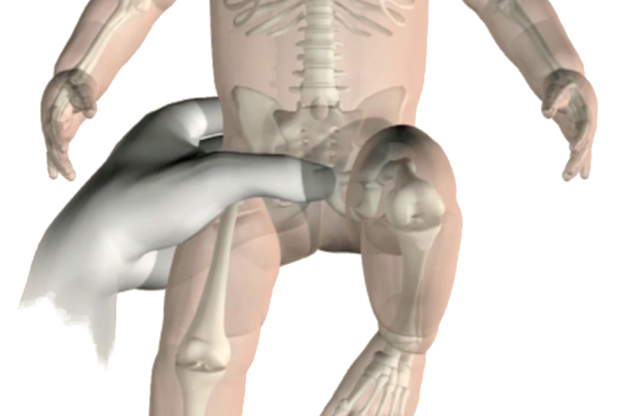
The NHS newborn and infant physical examination (NIPE) newborn screening standards and pathways are changing from April 2021 following an extensive consultation process. We sent detailed communication to screening providers in October 2020.
We have now published the standards which will be valid for data collected from 1 April 2021.
Please continue to use the standards for data collected from 1 April 2018 for any data collected up to and including 31 March 2021.
Changes to NIPE standards
NIPE-S01 (KPI NP1): newborn physical examination screening coverage
There will be no change to eligibility.
We have published new guidance to clarify ‘too young for NIPE screening’ and ‘too ill for NIPE screening’ as mitigating reasons for not meeting this standard.
NIPE-S02: timeliness of intervention for suspected abnormality of the eye
The clinical assessment by an ophthalmology specialist should be ≤2 weeks from the examination.
This has changed from the previous requirement of clinical assessment at ≤2 weeks of age.
NIPE-S03: diagnosis/intervention - timeliness of ultrasound scan of the hips for developmental dysplasia
Babies with screen positive results on newborn examination should attend for ultrasound scan of the hips between:
- 4 to 6 weeks of age for babies born ≥34 weeks and zero days (34+0) gestation
- 38+0 to 40+0 weeks corrected age for babies born <34+0 weeks gestation
An outcome decision should be made of either:
- discharge from hip screening pathway after review of normal hip ultrasound scan results
- attendance for clinical assessment by orthopaedic specialist
This has changed from the previous requirement of babies with suspected or confirmed dislocated hips going for ultrasound scan by 2 weeks of age and babies with hip risk factors having hip ultrasound scan within 6 weeks of age.
NIPE-S04: diagnosis/intervention - timeliness of hip clinical assessment or discharge
Babies who attend for ultrasound scan of the hips after screen positive referral should have an outcome decision made by:
- 6 weeks of age for babies born ≥34 weeks and 0 days (34+0) gestation
- 40+0 weeks corrected age for babies born <34+0 gestation
The outcome decision should be either:
- discharge from the hip screening pathway after review of normal hip ultrasound scan results
- attendance for clinical assessment by orthopaedic specialist
NIPE-S03 and NIPE-S04: hip pathway changes
The screen positive pathway will apply to babies with either:
- suspected dislocated or dislocatable hip(s) at clinical examination
- the presence of one or more national hip risk factors
The timescales will be the same for a referral for ultrasound scan and orthopaedic review (if required).
NIPE-S05: diagnosis/intervention - timeliness of intervention for bilateral undescended testes
There will be no change to this standard (please note that this clinical pathway is currently under review).
Actions for providers
Make sure all staff involved in the delivery of any parts of the NIPE newborn screening pathway are aware of all the forthcoming changes and timescales, including paediatric and neonatal teams, NIPE practitioners and SMaRT4NIPE (S4N) administration users.
Providers should:
- prepare for any changes in local screening referral processes, where appropriate
- maintain or enhance processes for feedback of timely outcome data to support data input into S4N
- amend all local policies, guidelines and standard operating procedures (SOP) to reflect these changes
How we’re supporting providers
The PHE Screening team is:
- updating the NIPE screening clinical handbook (due April 2021)
- updating screening pathways (including accessible versions)
- making information consistent across NIPE programme guidance hosted on GOV.UK and NIPE e-learning resources accessed via eLearning for Health (eLfH)
- making changes to S4N, the NIPE national IT system, to reflect the changes and help you manage your newborn cohort and failsafe processes
- conducting rigorous user acceptability testing of the S4N changes prior to deployment
We will be holding a series of online Microsoft Teams meetings to explain the changes to the standards and answer any of your questions. We have scheduled these for early in 2021 and will circulate further details and joining instructions widely.
Let us know what you think via the PHE Screening helpdesk.
PHE Screening blog
The PHE Screening blog provides up to date news from all NHS screening programmes. You can register to receive updates direct to your inbox, so there’s no need to keep checking for new blogs. If you have any questions about this blog article, or about population screening in England, please contact the PHE screening helpdesk.